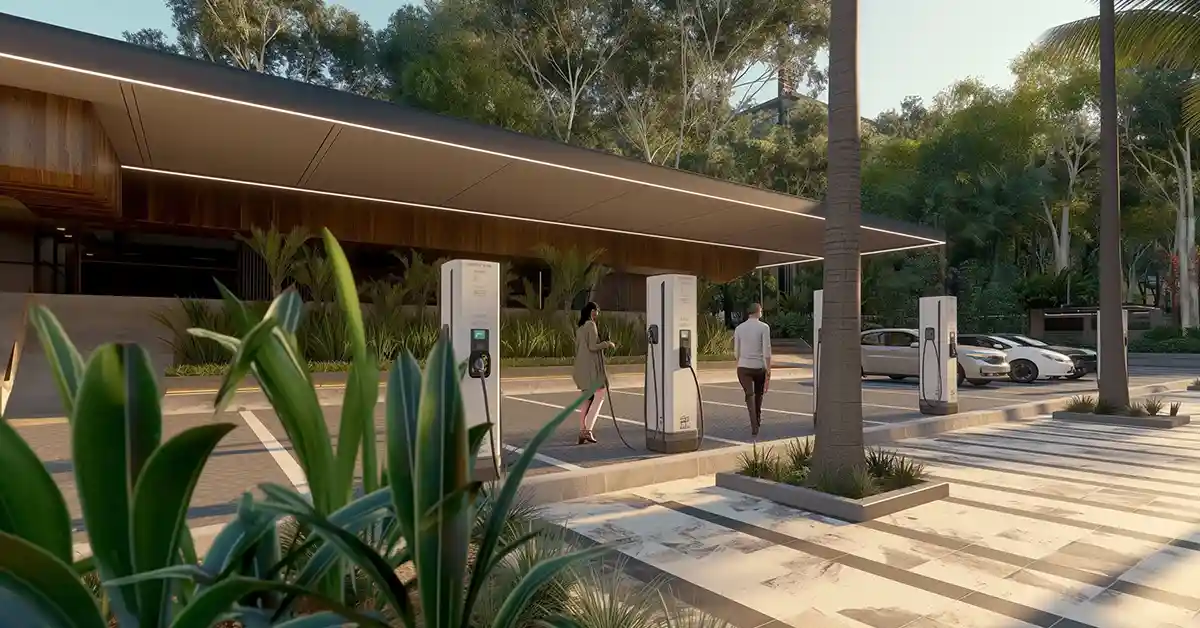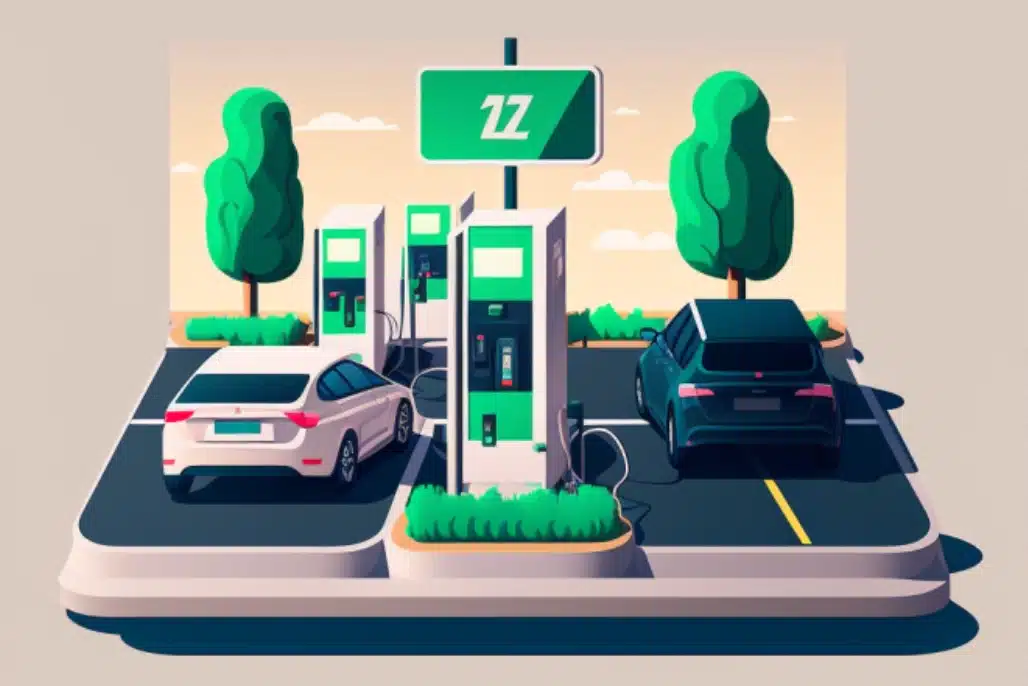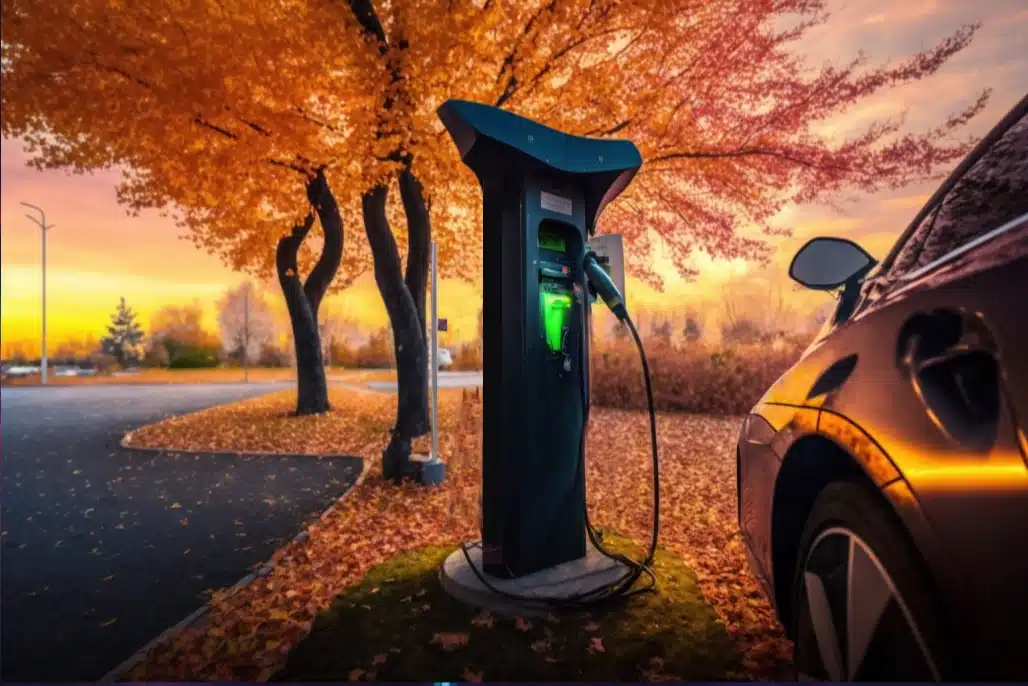
However, there are a number of challenges with migration to an EV based fleet - the most significant of which are based around range, batteries, and charging availability.
Range
Moving from a fossil fuel powered vehicle (most likely diesel, in this case) to an EV involves moving from a situation where a diesel vhicle can fill up with 1,000km of range in just a few minutes and little attention needs to be paid to the actual volume of diesel in the tank other than 'is it full this morning?'
With EVs, however, range must be monitored carefully and precisely such that each vechicle must have sufficient range (i.e. battery charge) each morning in order to make its deliveries / collections and return back to the depot in the evening.
Add to that, each EV must also have its range scaled in some way to take account of environmental factors that may affect its performance such as weather (cold weather would decrease effective range), rain (increased drag on the vehicle tyres), and such previously less important data such as the loaded weight of the vehicle and the terrain over which delivery routes are planned.
Batteries
Each EV relies on its batteries and they age with time, where the age of the battery powering the vehicle will also determine the maximum range of the EV. Although servicing costs are lower for EVs than conventionally powered vehicles, their range does degrade with time and this must be taken into account when planning for the long term.
In terms of monetary cost, would it be cost effective to upgrade all of the EV fleet to have the biggest batteries possible (for maximum range), or can some be downgraded to smaller sizes as their delivery runs will always be shorter, perhaps?
Calculation of the necessary range, per vehicle, can help to determine not only the required size of the EV fleet but also what size of battery (in terms of kWh) may be required in each EV itself. Having knowledge of delivery rounds and required ranges, along with projected future changes, will aid greatly in the planning of an EV migration and upgrades over the longer term.
Charging Availability
Something that's not generally considered is the ability to charge up a fleet on EV on a nightly basis - after all, plugging in all of the vehicles at once may not be possible due to local grid constraints, or even electricity costs.
Effective planning around range can determine a specific required ranged for each EV such that it needn't always be charged to 100% thus saving both charging time and charging costs for the fleet owner.
Additionally, there may not be enough charging points at a depot to house every vehicle simultaneously and therefore either someone will need to facilitate the charging manually by moving vehicles around periodically or some other automated charge control system will need to be deployed such that they get their sufficient charge.
The move to large scale EV fleets is undoubtably a good thing, but as said it also comes with a number of challanges that simply don't exist with conventionally powered vehicles. Fortunately, the solutions to many of these problems lie in better and more efficient route planning, careful and attentive design of charging algorithms, and vitally an understanding of the underlying mathematics that governs the domain.
With rigorous application of the necessary skills, none of these problems is insurmountable.








